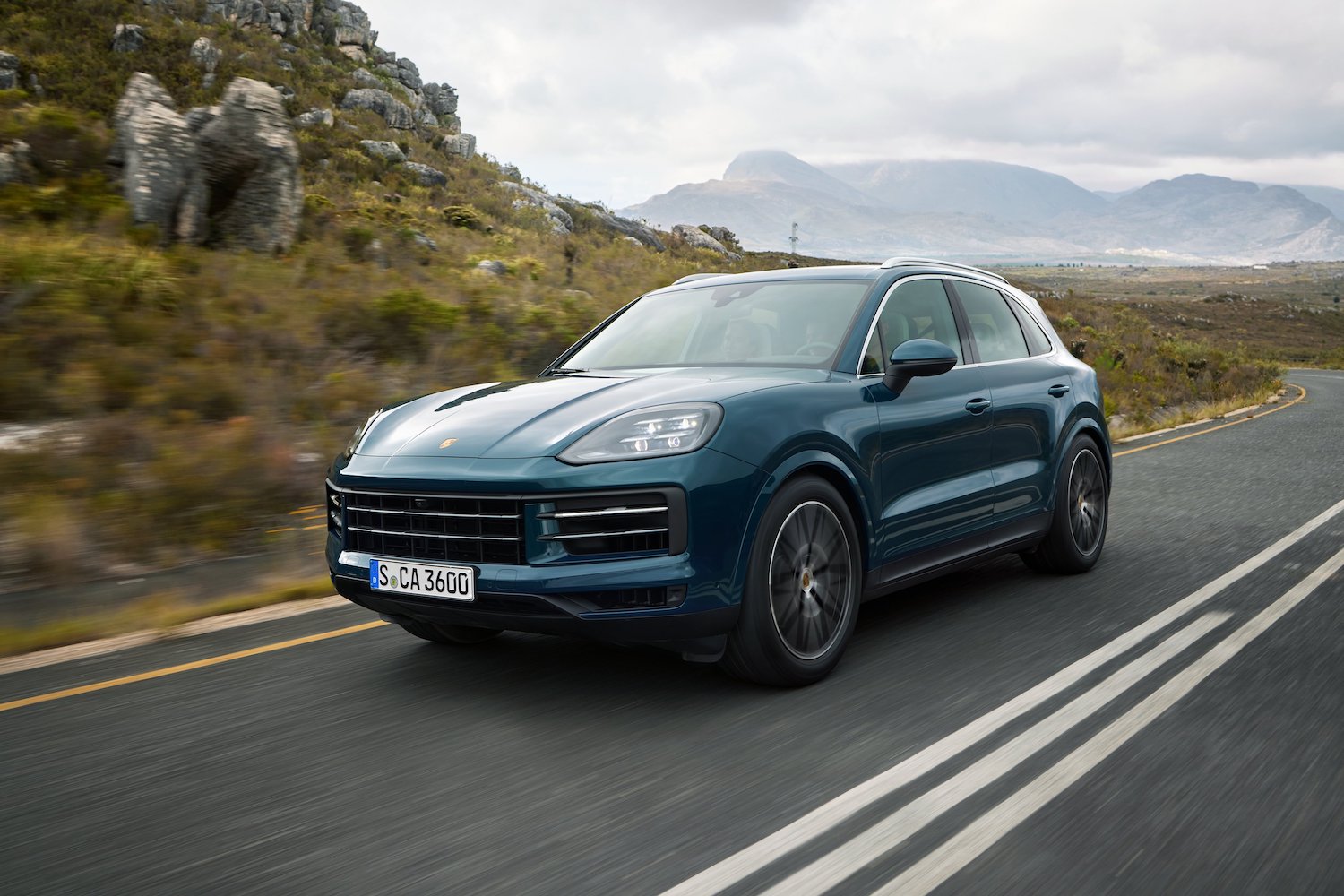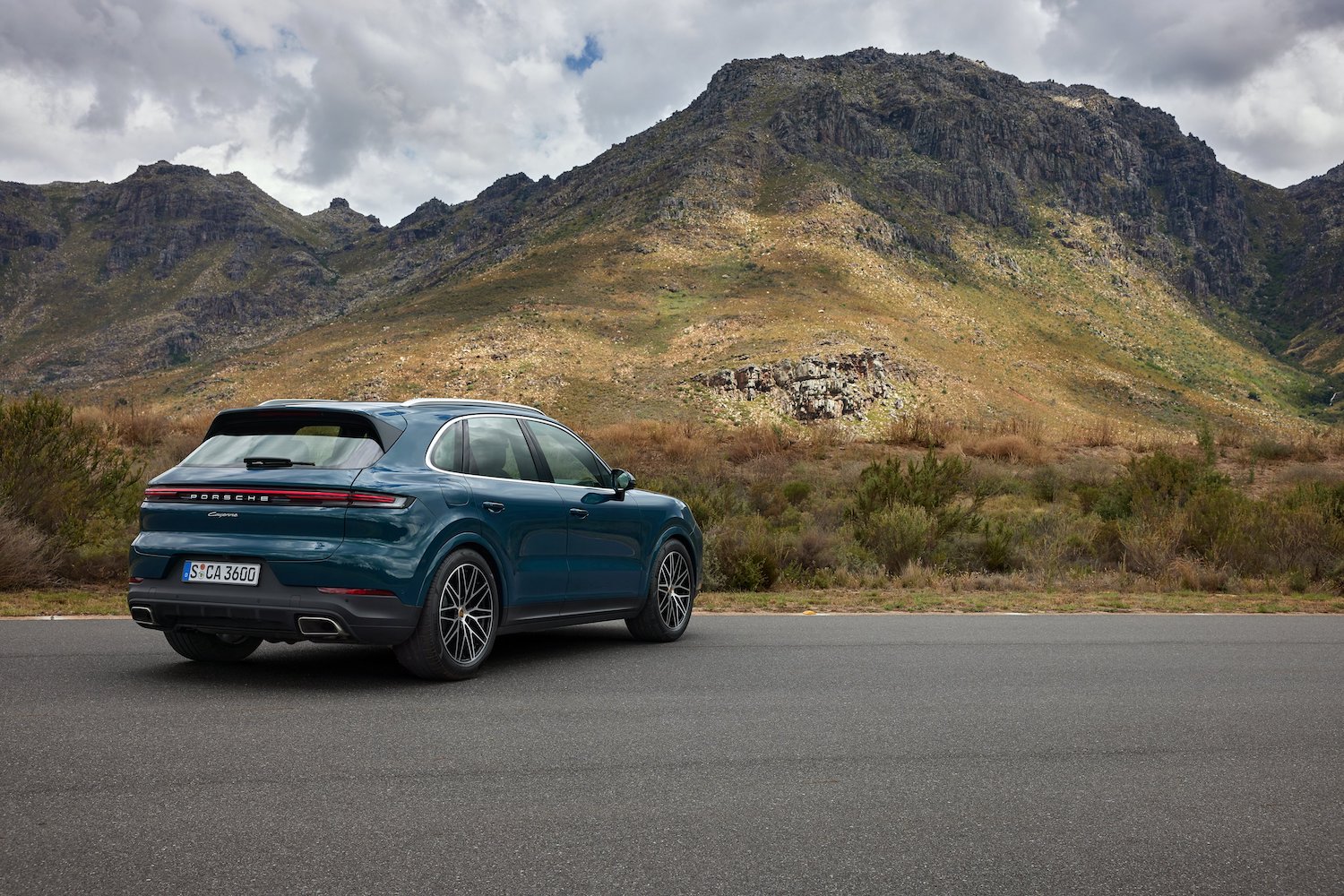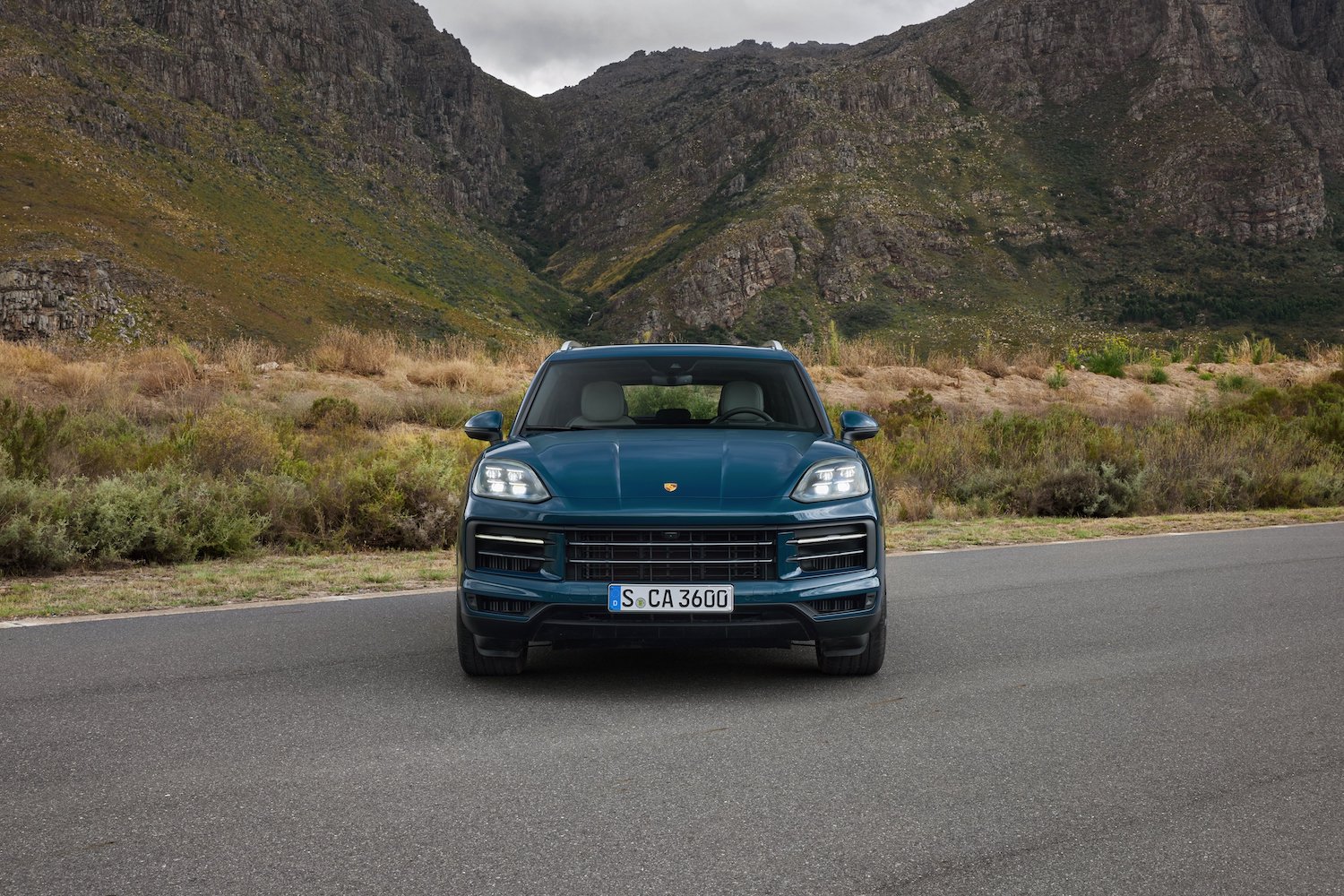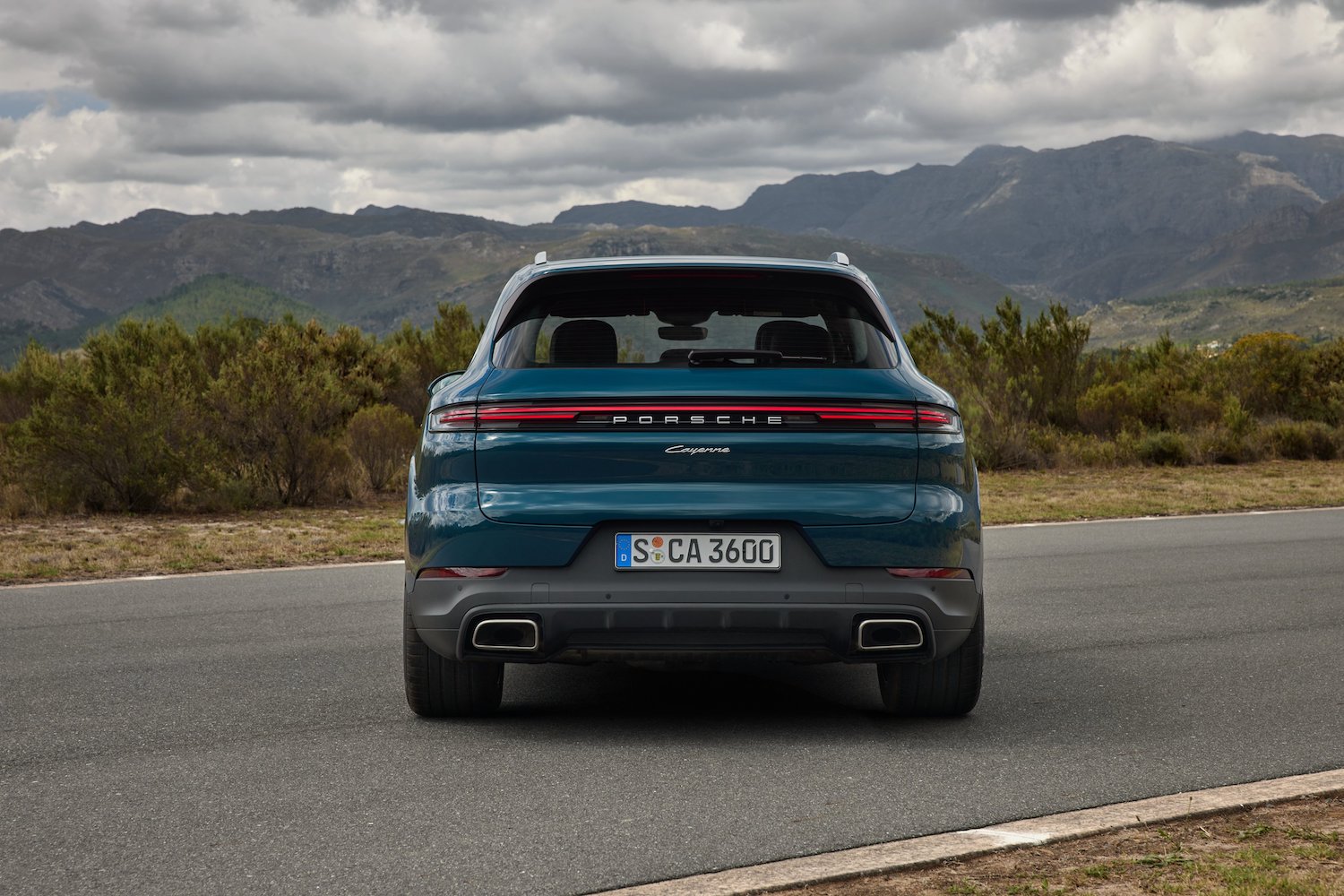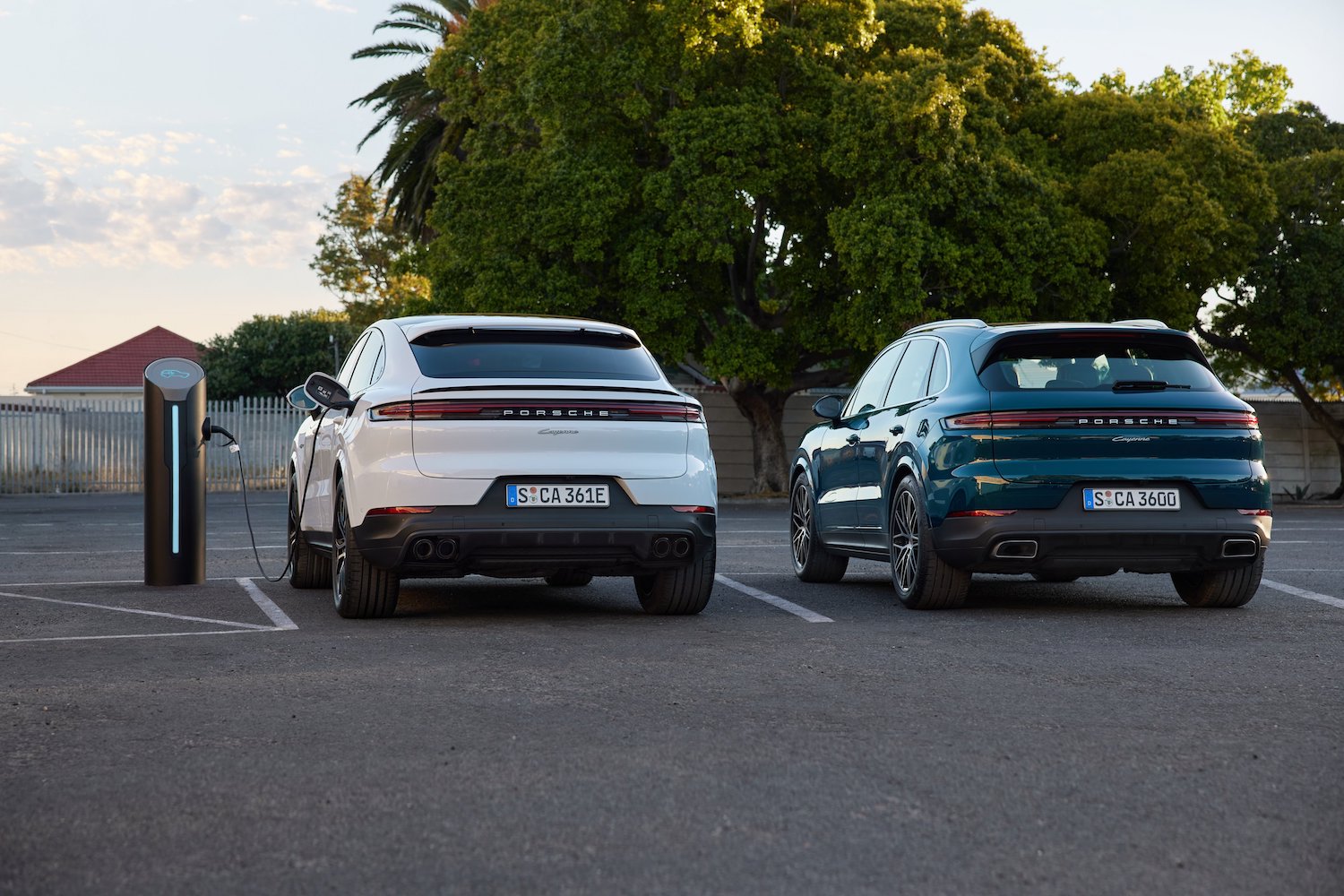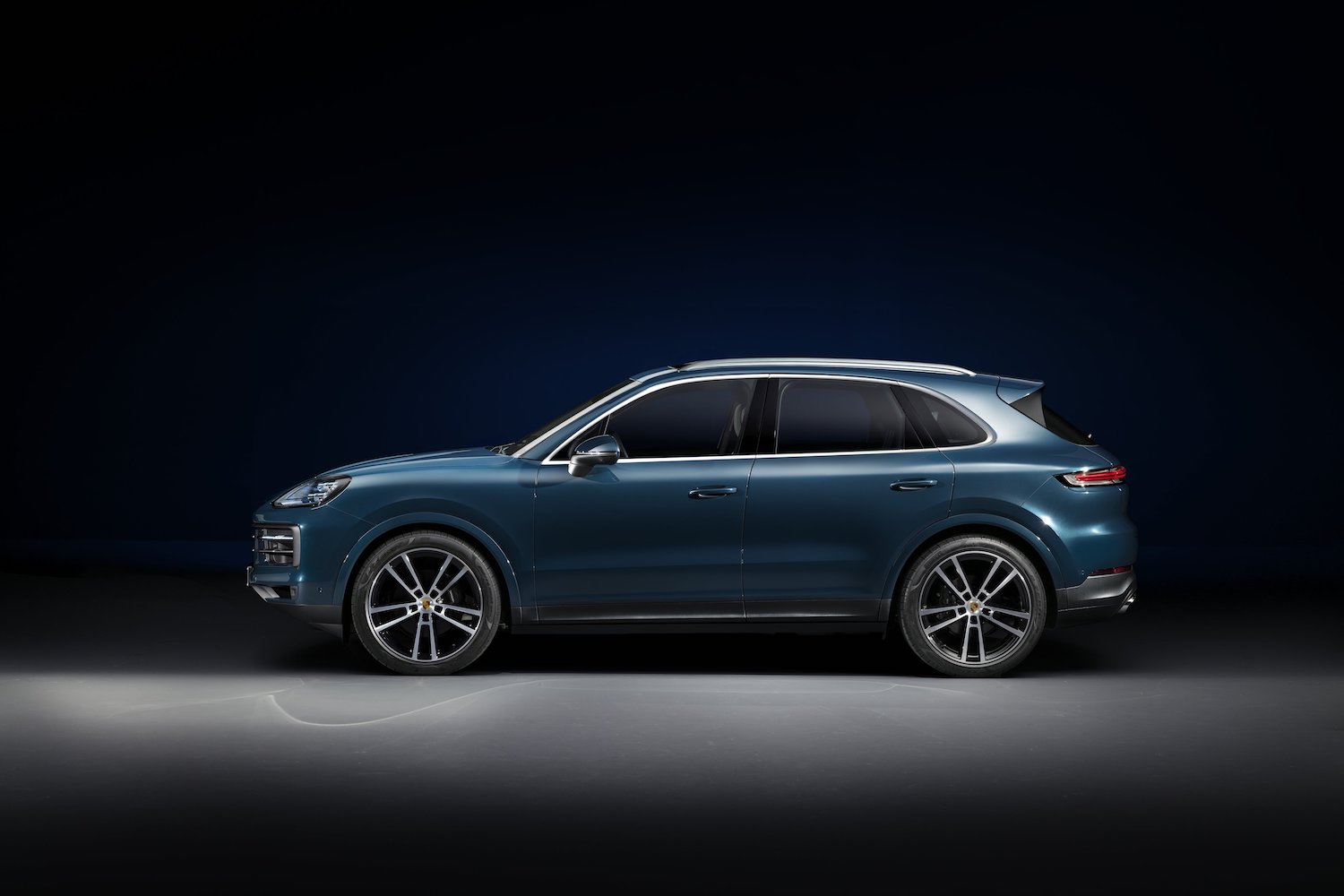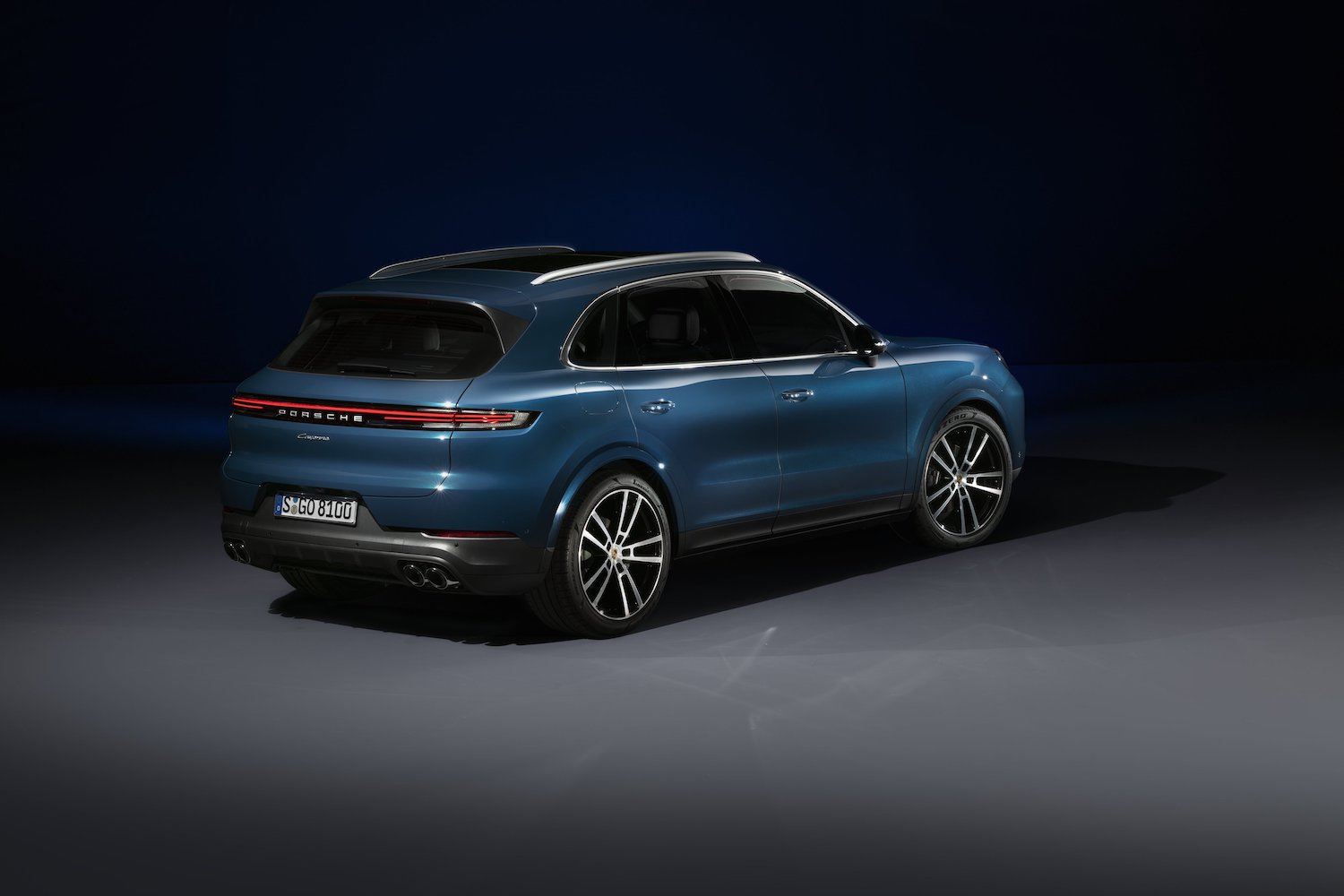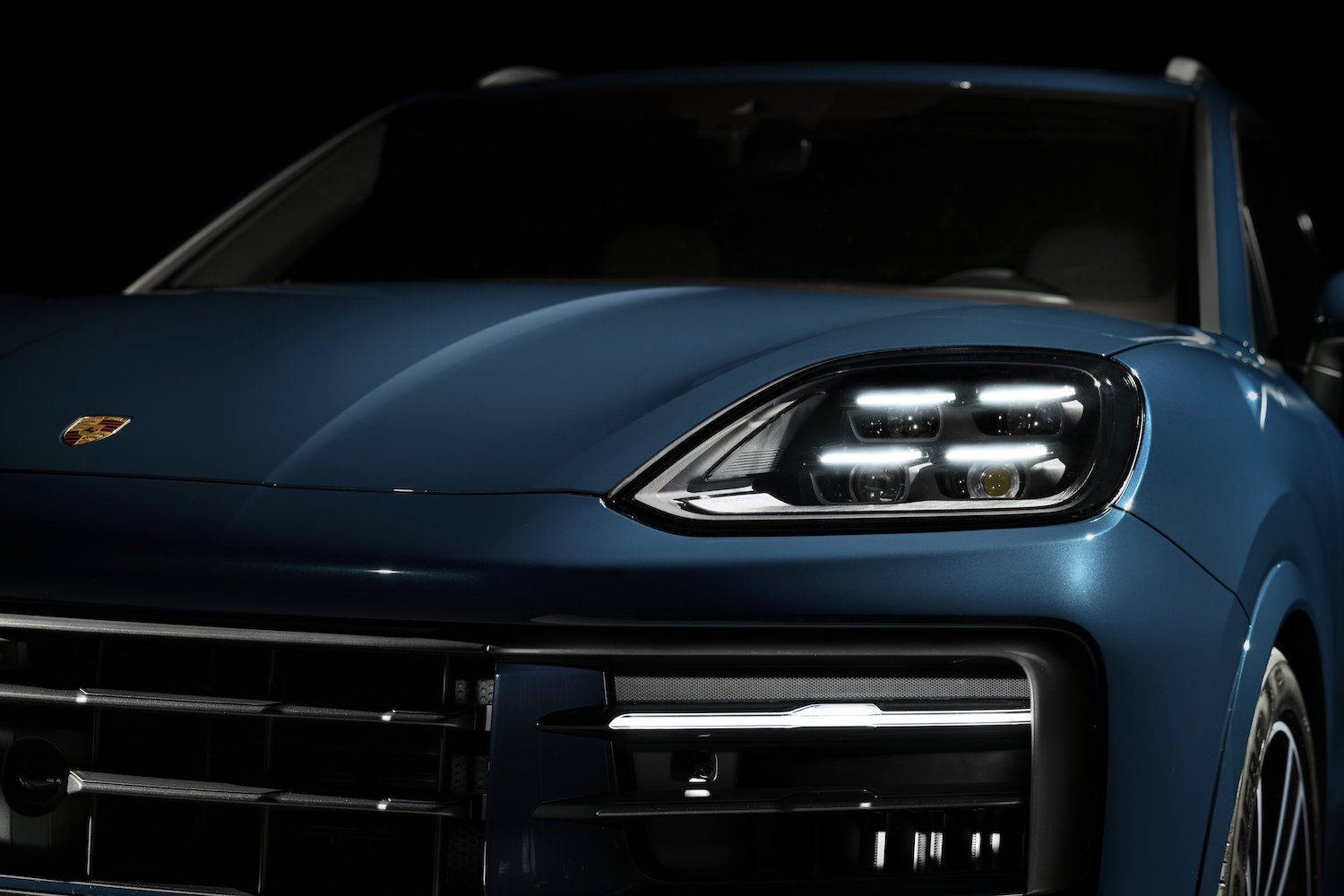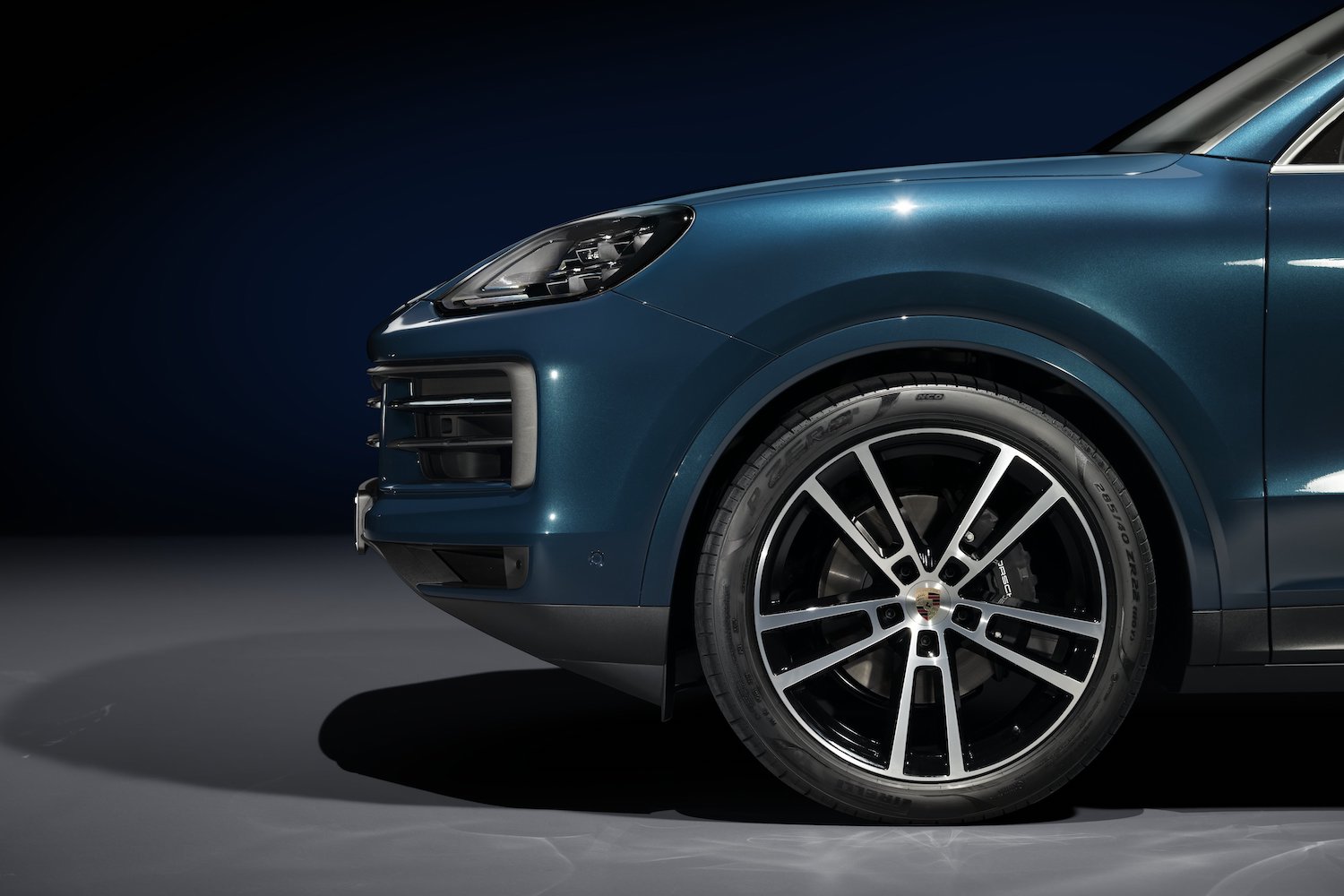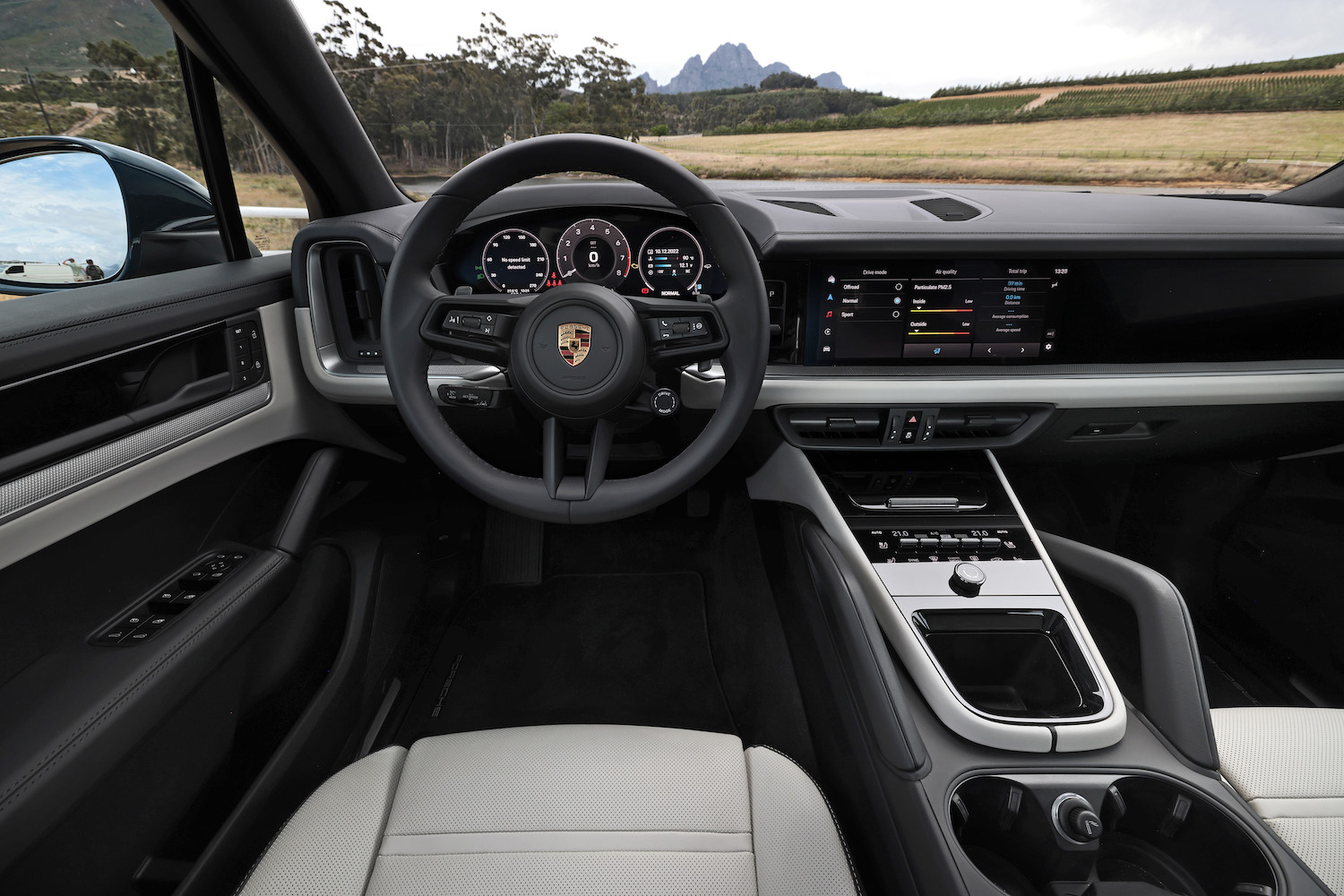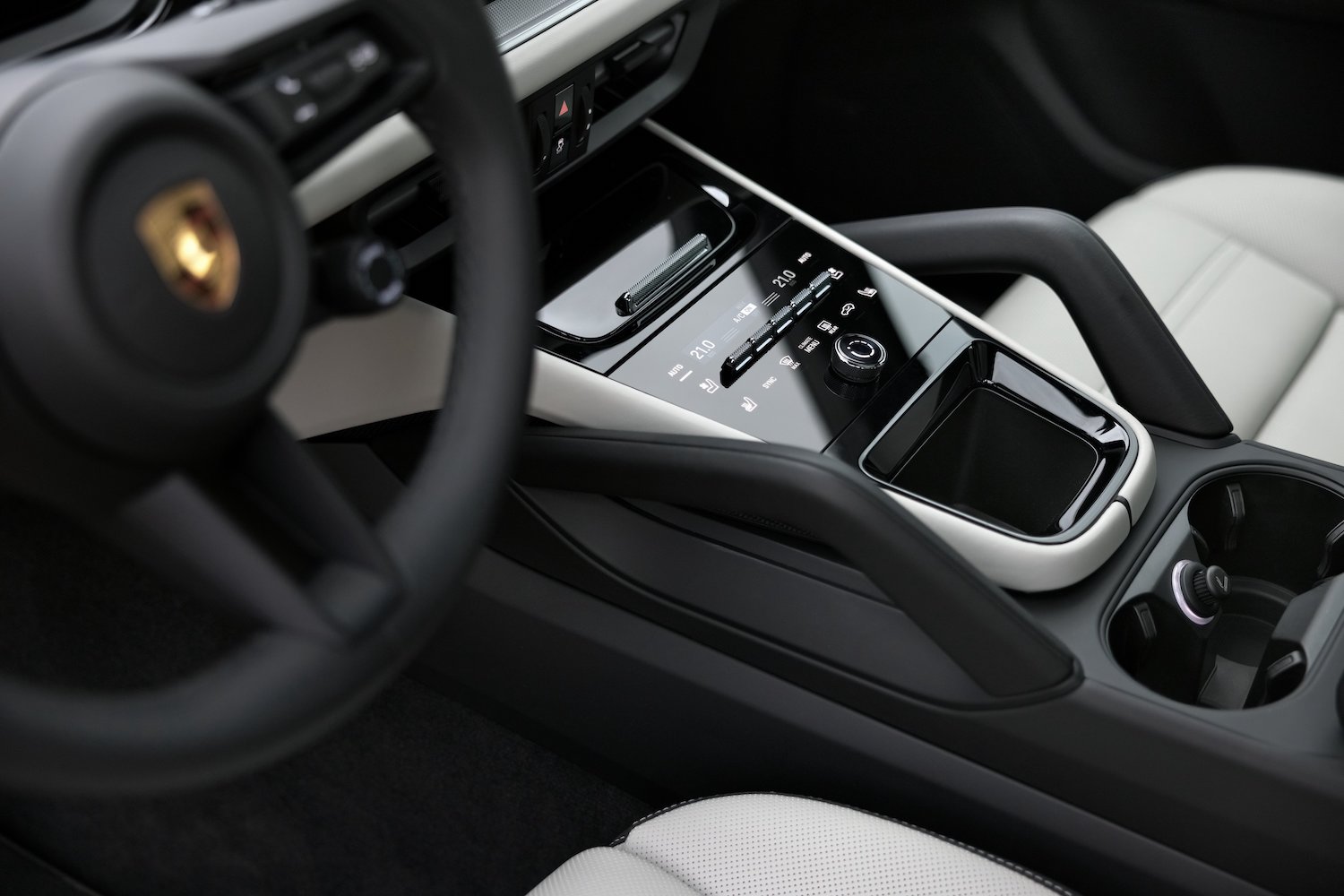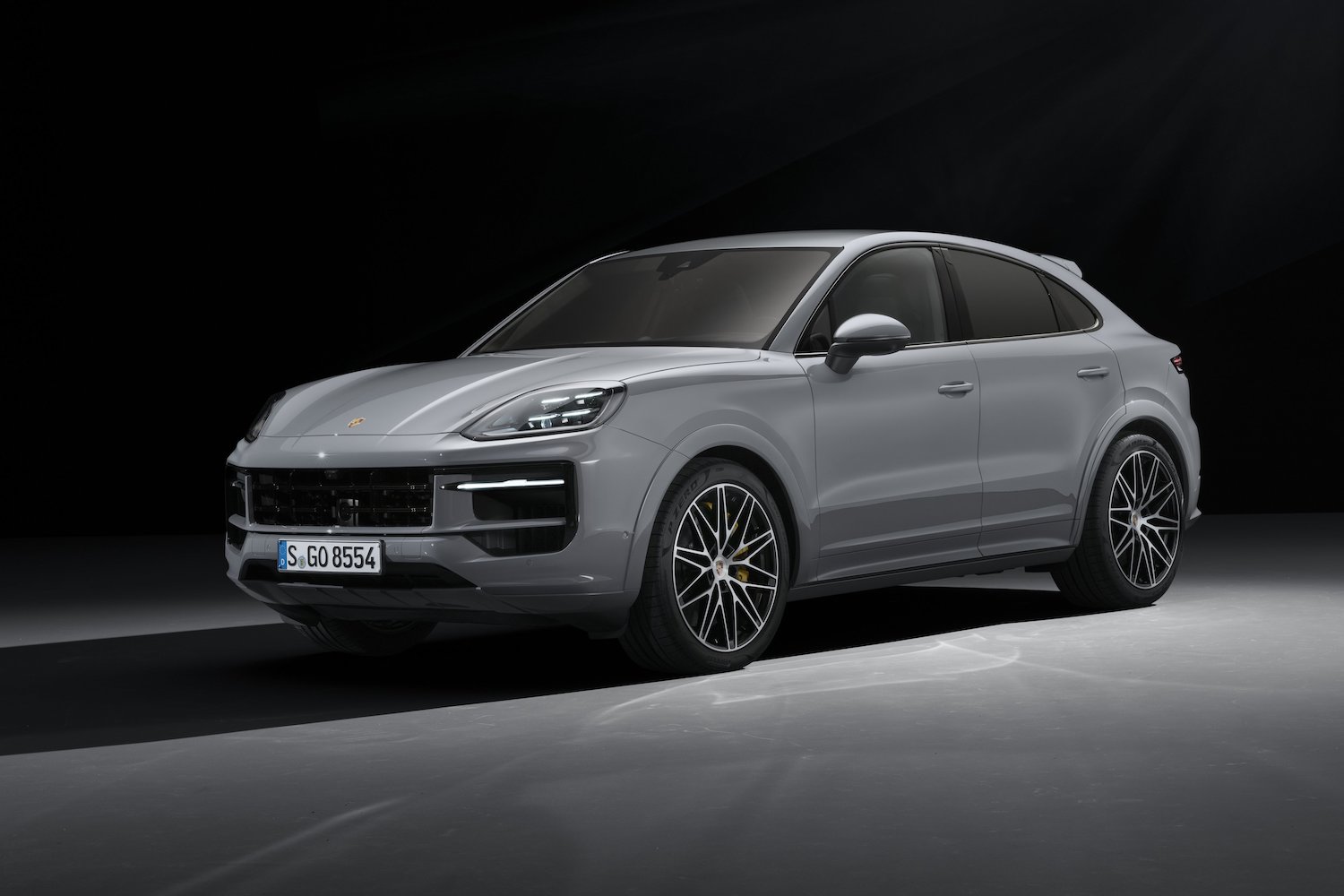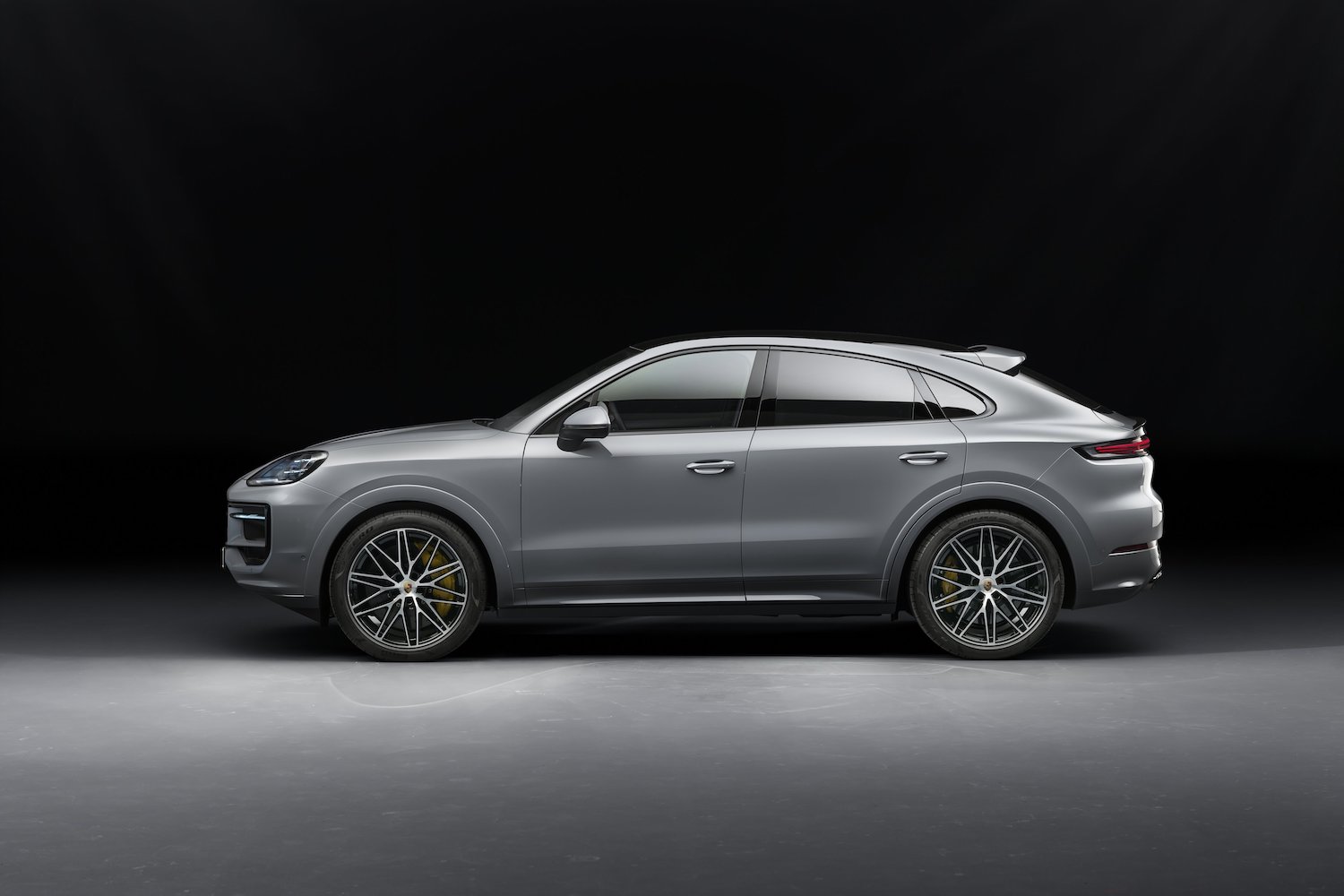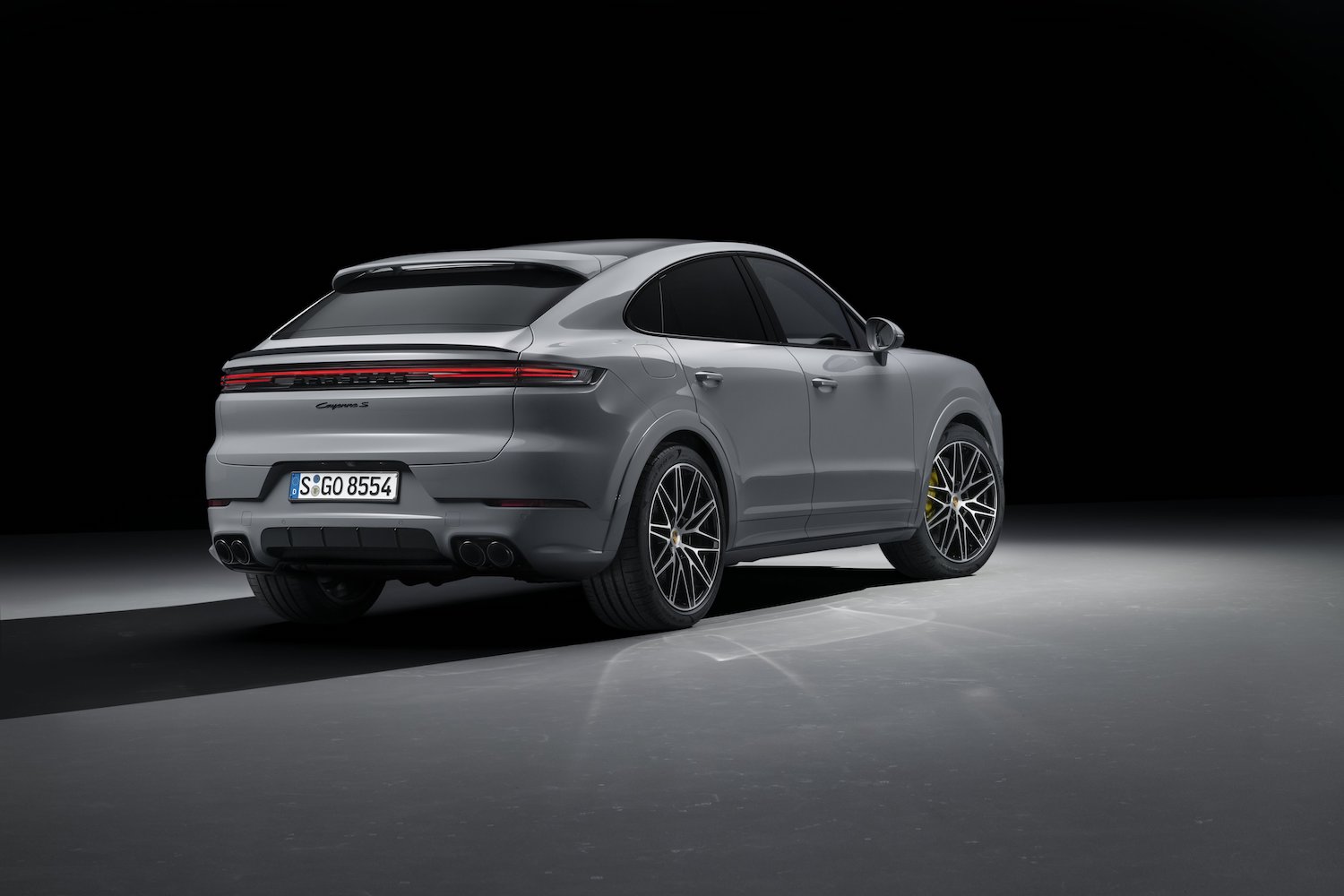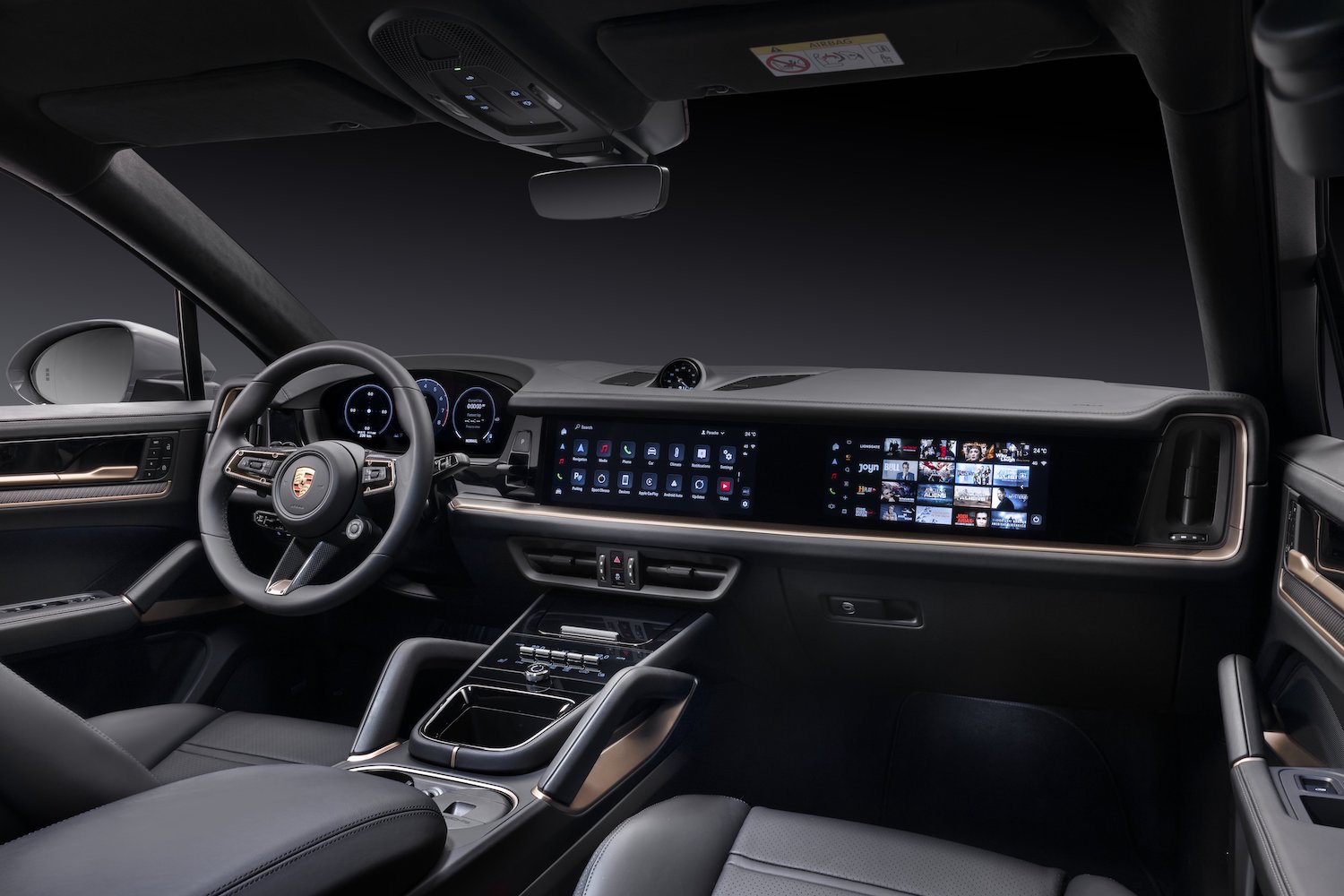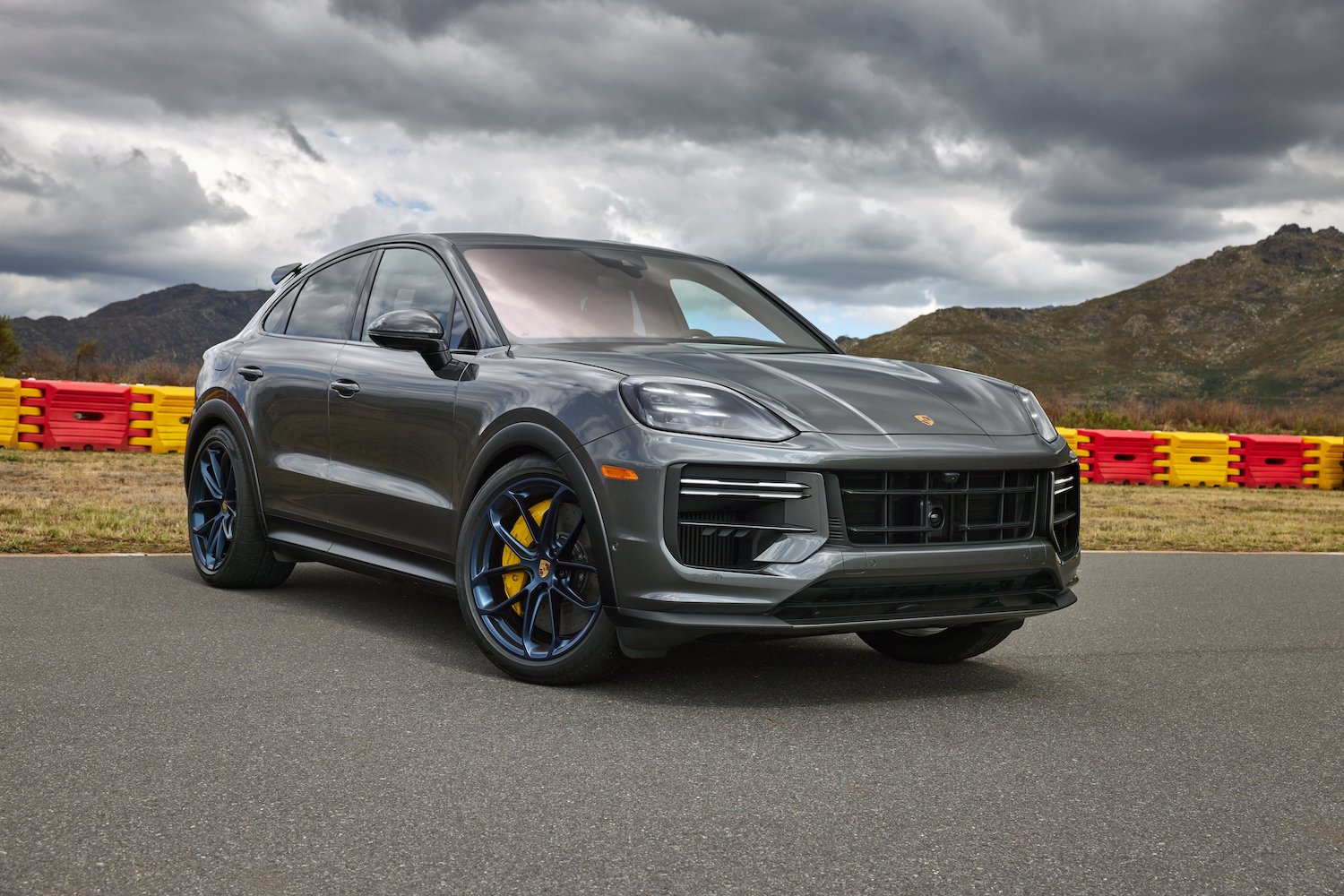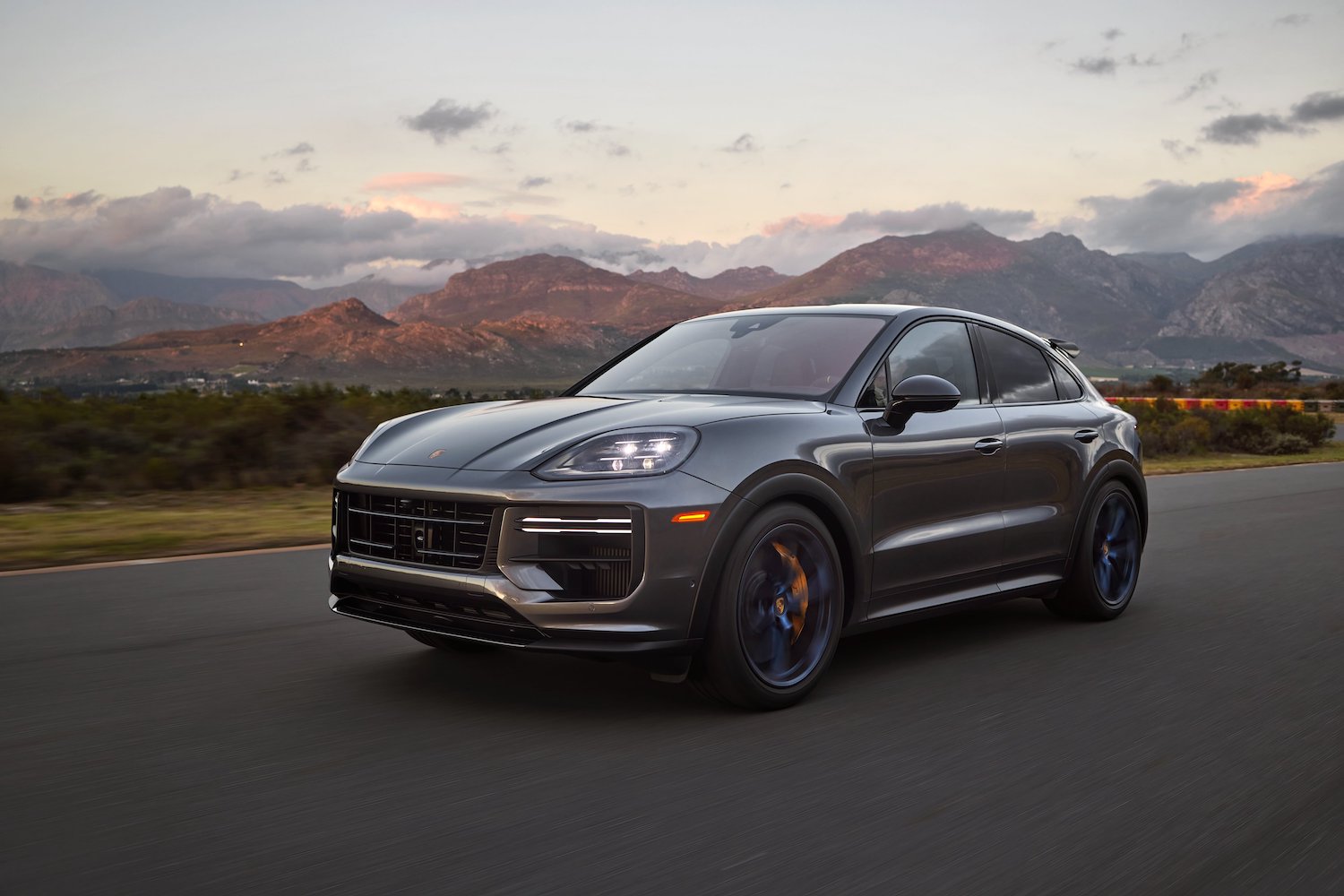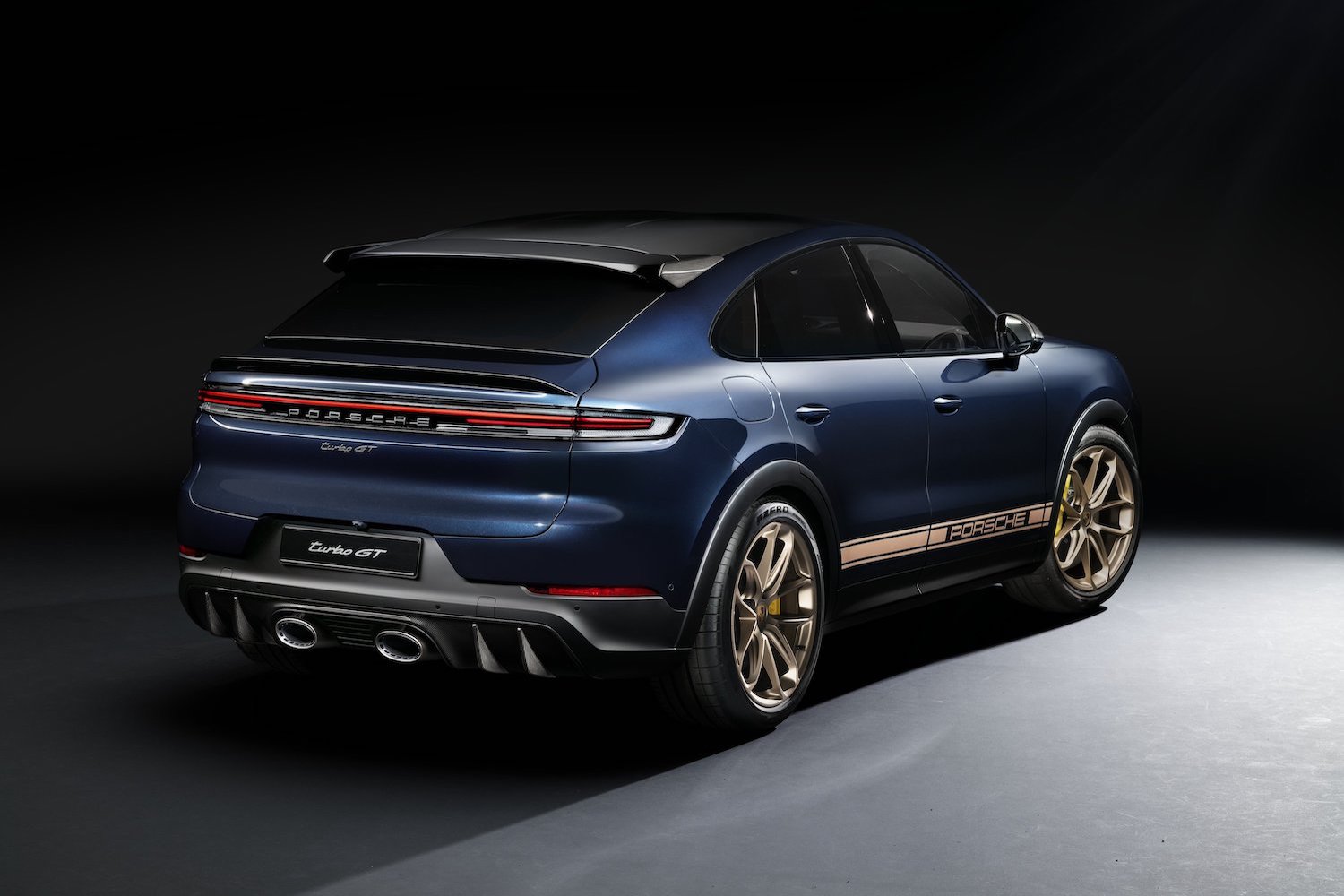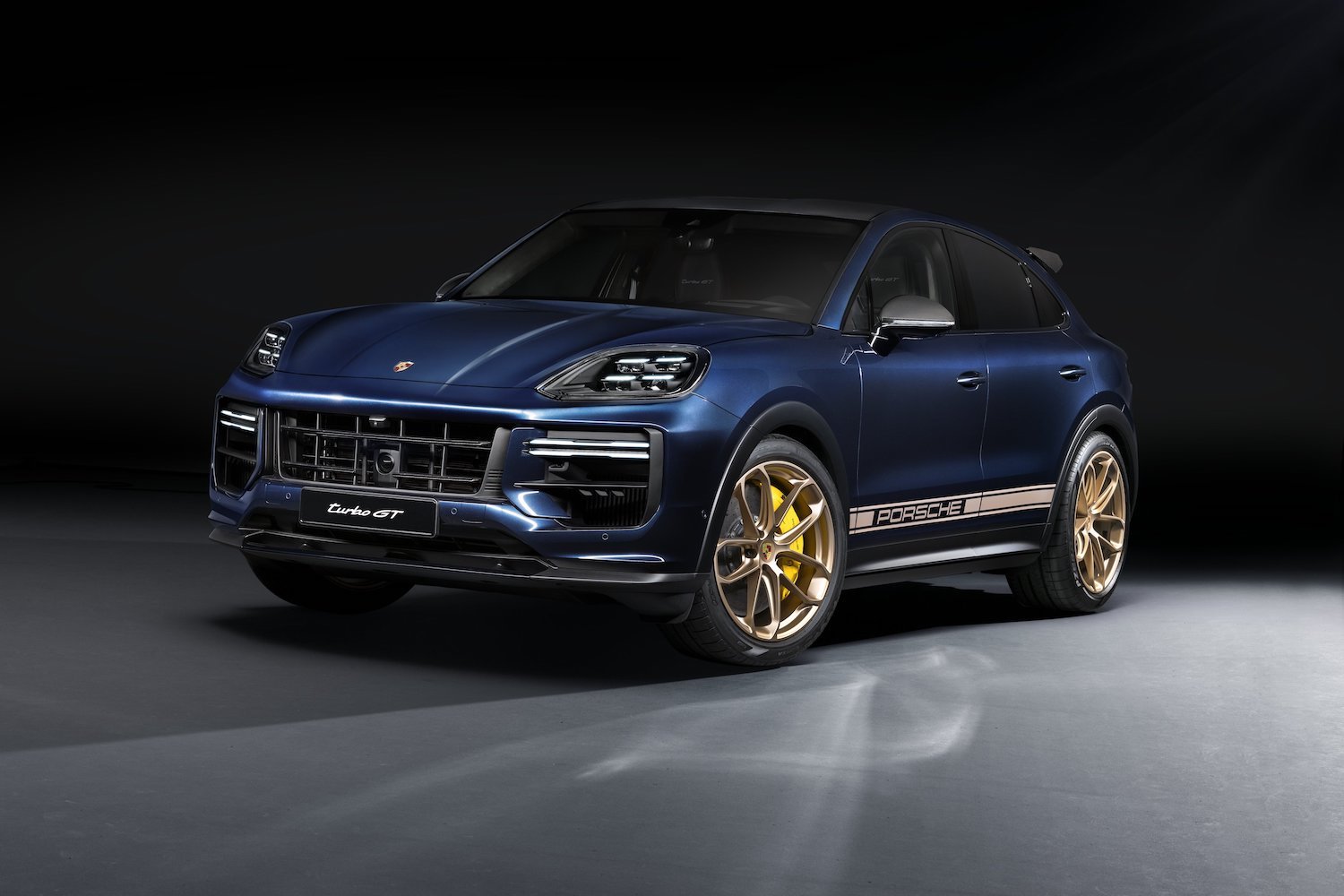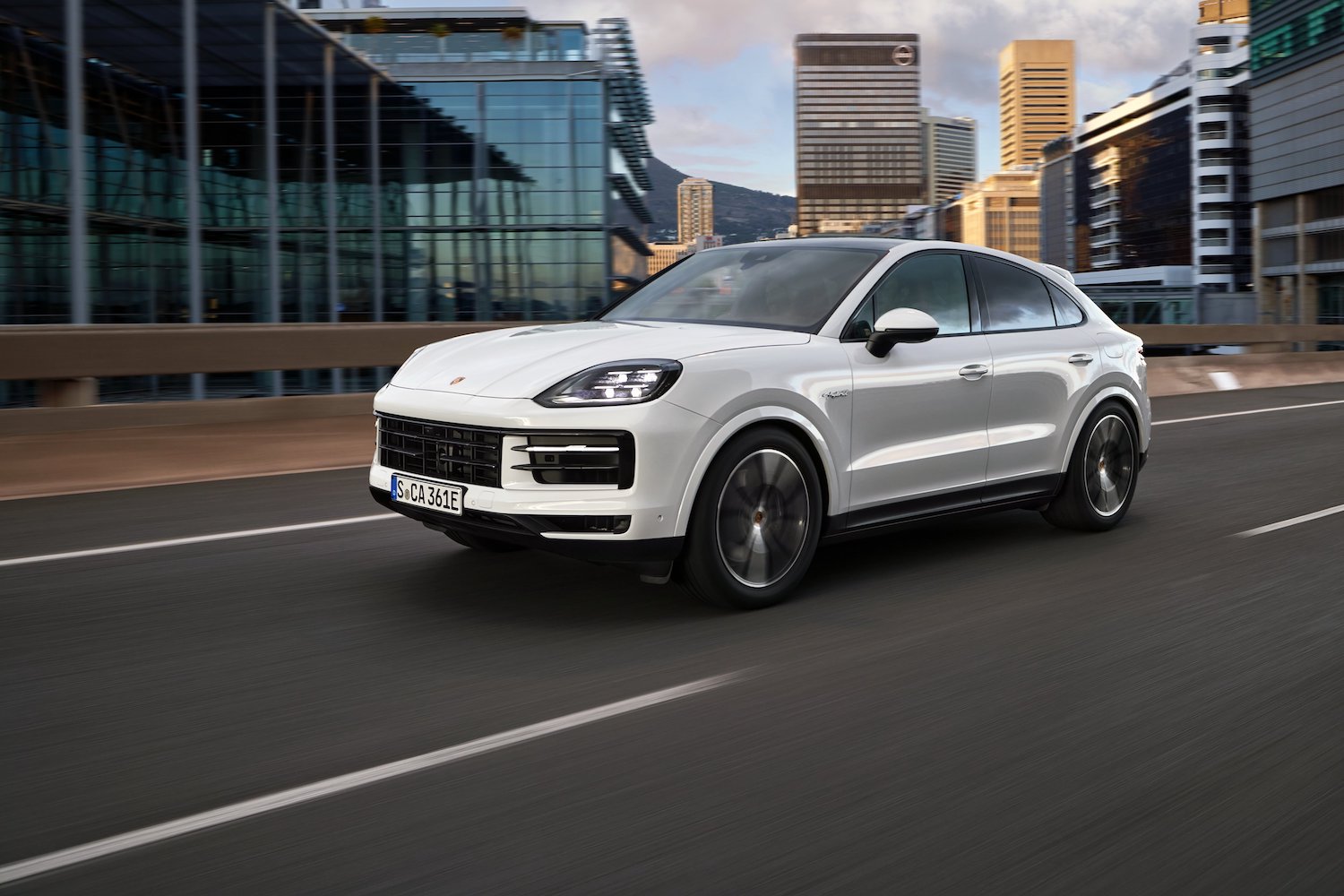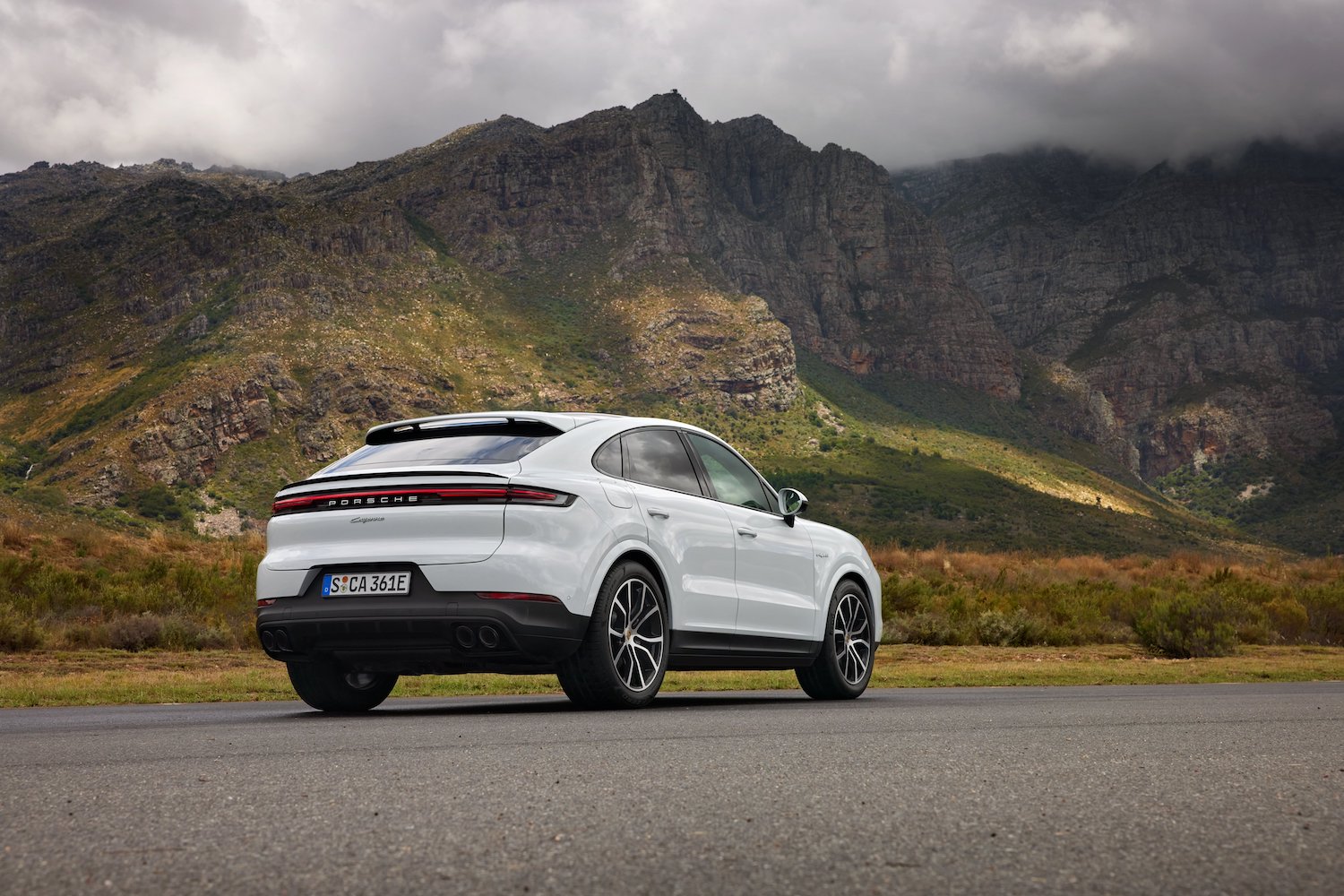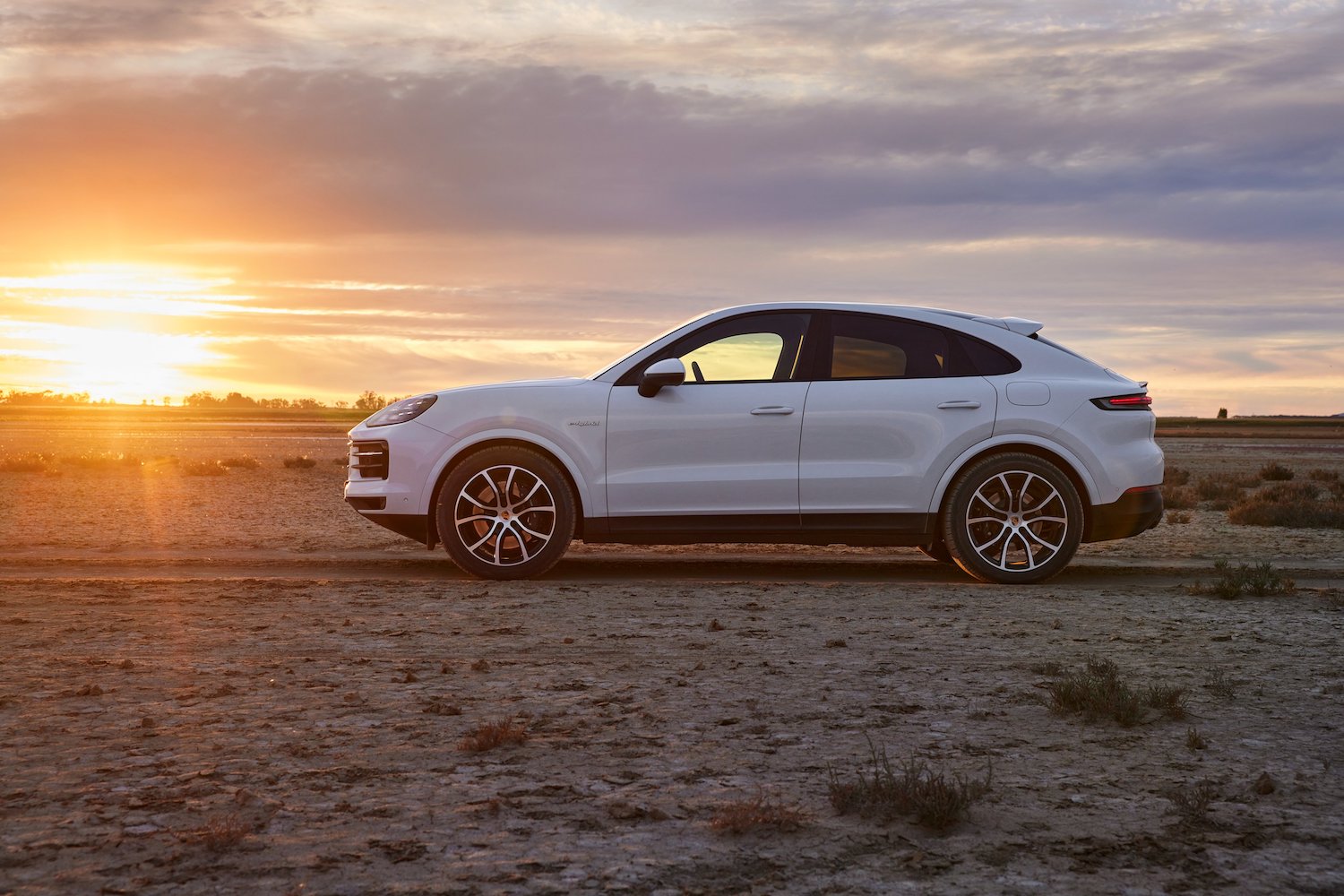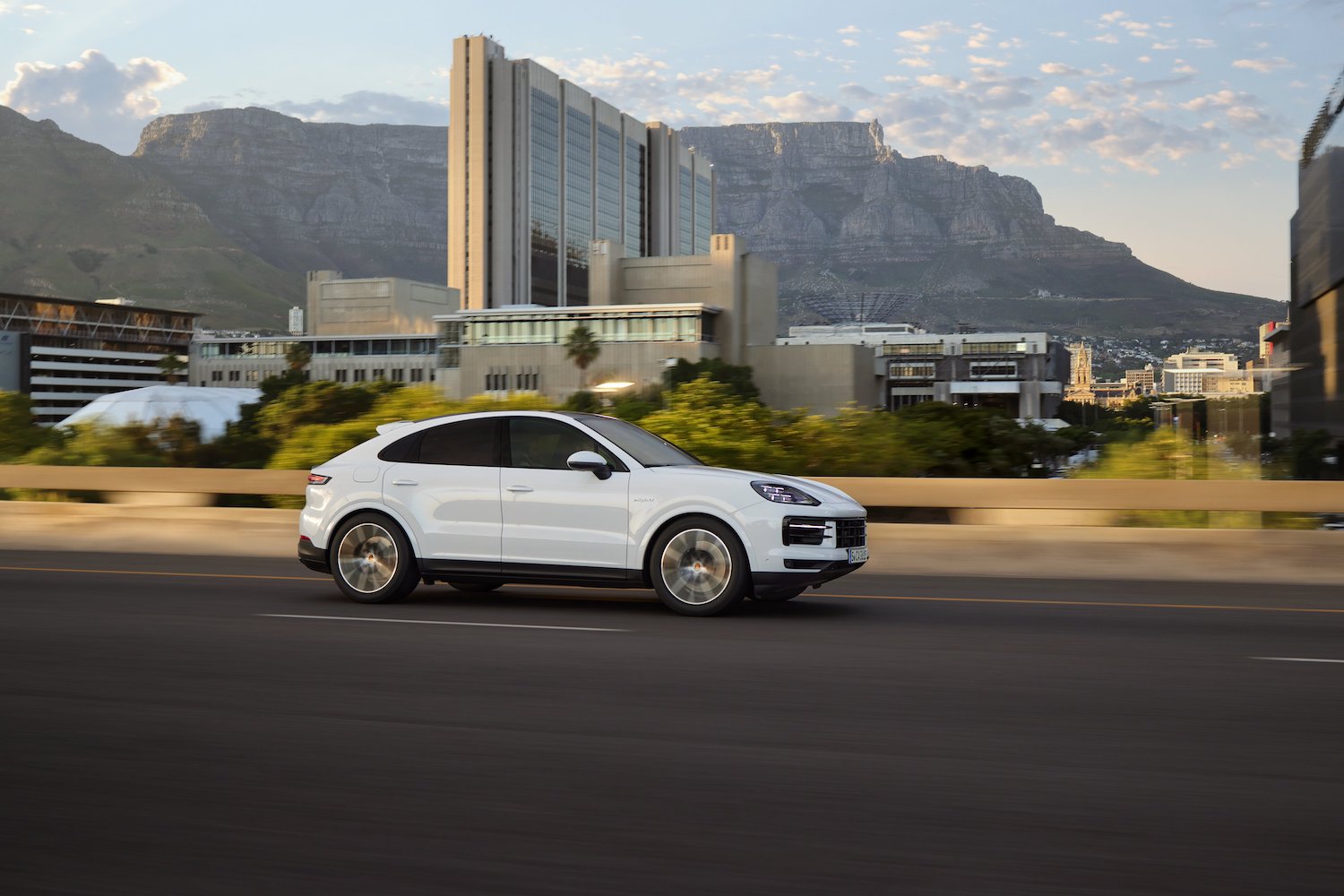Automakers give vehicles a mid-cycle refresh when they’re not ready to introduce an all-new model, but want to keep their option relevant with a few changes. Most of the time, the changes are minor – new headlights, some new tech features, and a slight bump in power. The changes that Porsche made to the 2024 Cayenne are far more extensive than what we’re used to seeing with a normal mid-cycle refresh. Porsche’s got out its Dewalt kit and upgraded nearly every aspect of the Cayenne and Cayenne Coupe for the upcoming 2024 model year.
The changes to the 2024 Cayenne’s exterior design aren’t nearly as thorough as the ones found elsewhere. The midsize SUV gets redesigned headlights, a new hood, and a revised front bumper that has some swanky air intakes. Redesigned taillights, an updated rear fascia, and a new location for the license plate on the bumper instead of the tailgate are the small changes that Porsche made at the back.
On the inside, Porsche has dramatically changed the 2024 Cayenne’s dashboard. The SUV takes a page out of the all-electric Taycan’s book to come with three enormous screens that span nearly the full width of the dash. The center console layout is considerably different, with the traditional gear shifter and controls moving to have a slicker design. The gear shifter itself has been moved up to the dashboard – right next to the central screen – opening up space considerably on the transmission tunnel. The instrument cluster section of the dashboard that’s directly in front of the driver has been updated to have a half-moon look to it that we assume should improve the visibility of the instrument cluster.
At the moment, the Cayenne is the largest Porsche SUV available and it comes with the digital real estate to back up its size. The SUV gains a fully digital instrument cluster that’s 12.6 inches in size. A 12.3-inch touchscreen is also standard, while a 10.9-inch touchscreen in front of the passenger is optional. The trio of screens feature the automaker’s latest Porsche Communication Management software that brings Apple Music and Spotify as native apps.
While design and tech features are part of the reason why someone would purchase a Cayenne, the main reason is performance. No other midsize SUV performs quite like the Cayenne does, and Porsche wants to ensure that remains the case for 2024 with updated powertrains. The Cayenne’s base engine continues to be a turbocharged 3.0-liter V6 engine, but it now makes 348 horsepower and 368 pound-feet of torque. These are improvements of 13 horsepower and 36 pound-feet of torque over last year.
A more dramatic change comes for the Cayenne S, which drops the twin-turbo 2.9-liter V6 engine for a twin-turbo 4.0-liter V8. The eight-cylinder engine is rated at up to 468 horsepower and 442 pound-feet of torque. Despite its hefty size, the Cayenne S can still get to 60 mph in 4.4 seconds. The range-topping Cayenne Turbo GT also gets a twin-turbo V8, but in the sporty SUV, it’s been tuned to make 650 horsepower. Keep the throttle pinned from a standstill and the Cayenne Turbo GT can get to 60 mph in 3.1 seconds.
If you’re more interested in something that sips fuel instead of getting into an SUV that guzzles it down, the Cayenne E-Hybrid PHEV will continue to be available. It’s been updated with a more powerful electric motor that’s rated at 174 horsepower instead of 134. That figure raises the electrified SUV’s output up to 464 horsepower.
Porsche also fit the SUV with a larger battery pack that now has 20.6 kWh of usable capacity compared to 14.3 kWh. Porsche hasn’t provided an all-electric range for the 2024 model yet, but the PHEV should be able to travel more than 17 miles than the current SUV. On the charging front, the Cayenne E-Hybrid PHEV should be able to charge at a quicker rate thanks to a new 11-kW onboard charger.
One would assume that this would be more than enough of an update for a mid-cycle refresh, but Porsche has also made a few changes to the SUV’s chassis. The SUV comes with larger wheels, the brand’s PASM adaptive dampers are now standard, and the torque-vectoring and rear-axle steering systems have been updated.
Porsche will continue to offer the 2024 Cayenne in a traditional SUV body, as well as a coupe model. Pricing for the updated Cayenne starts at $80,850, which represents an increase of $7,200 from 2023. The range-topping Cayenne Turbo GT will cost $197,950 without any options. Look for the Cayenne to arrive at dealerships this summer.
